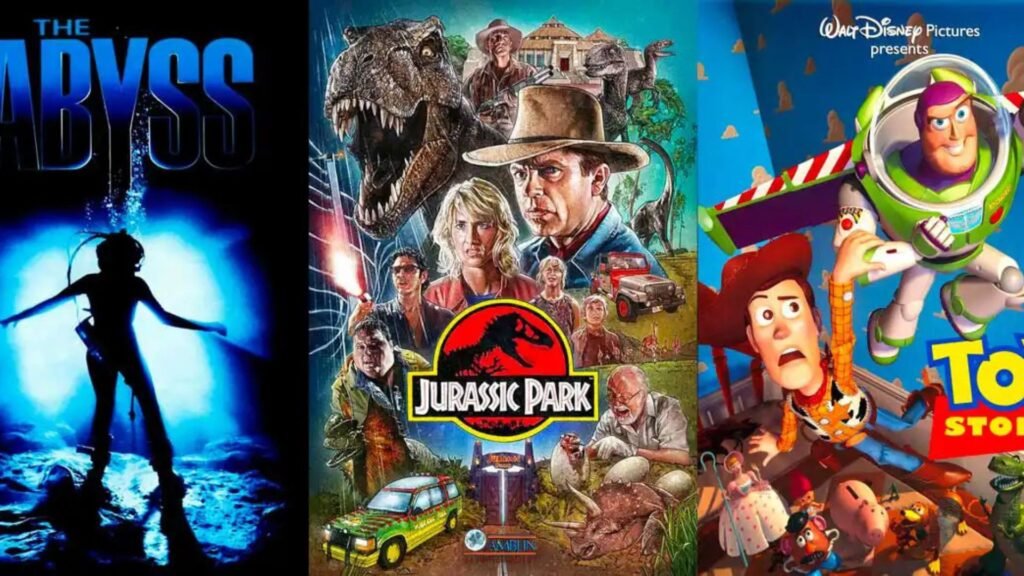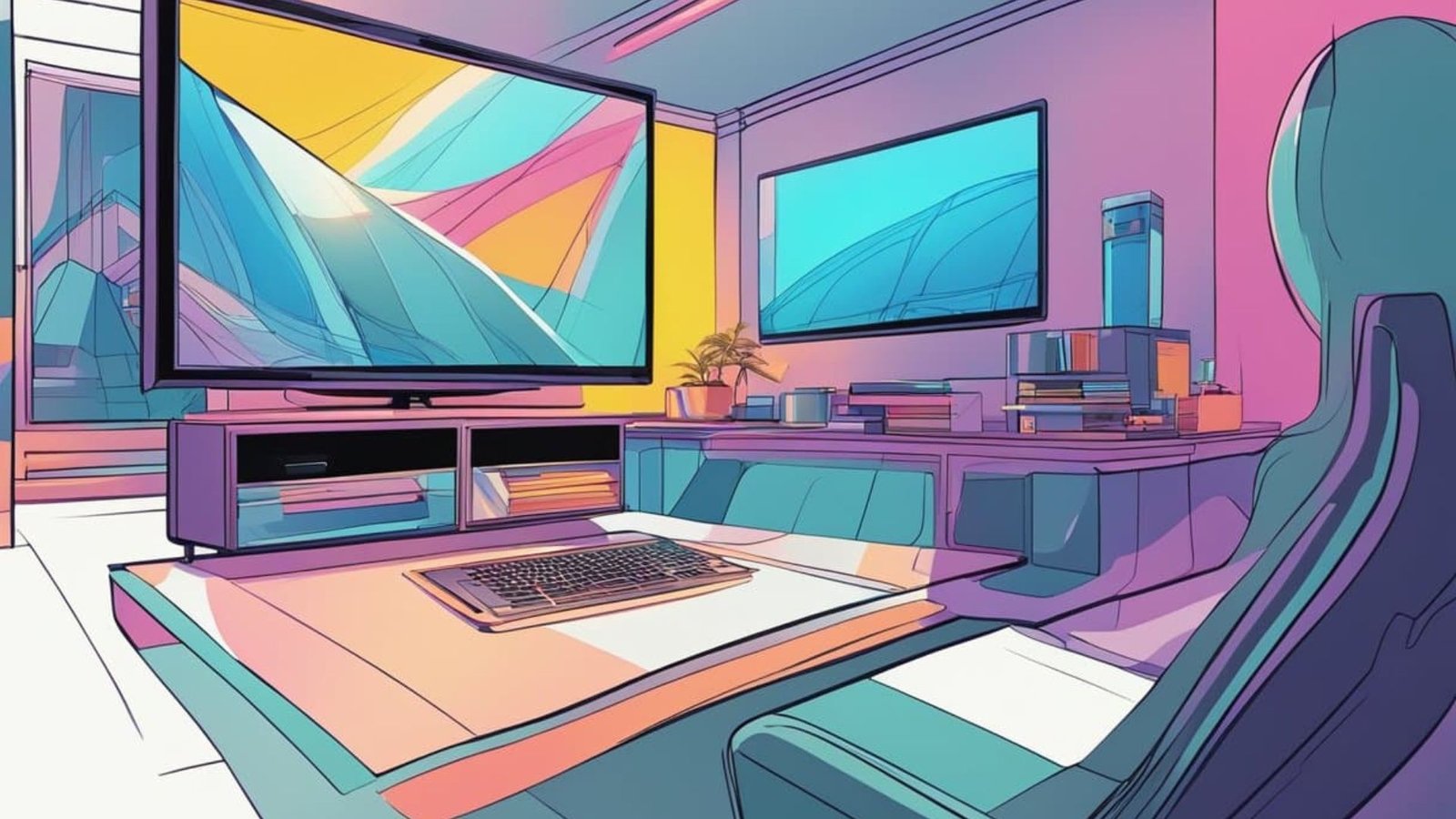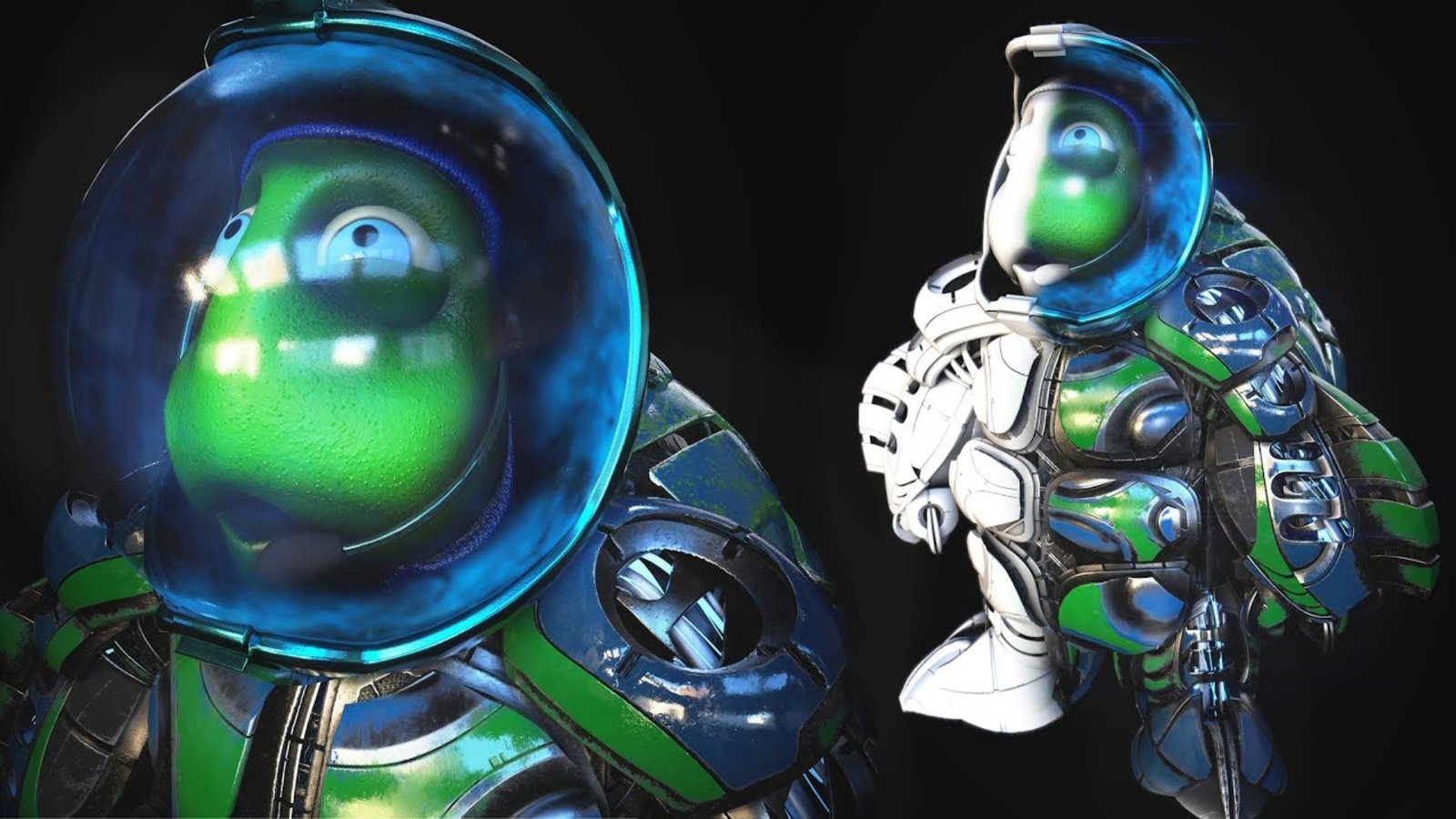Computer graphics (CG) have transformed the animation industry in profound ways, enabling animators to create increasingly complex, visually stunning, and lifelike animations. From blockbuster movies to television shows and video games, the integration of CG has become indispensable in the production of high-quality animation. This article explores how computer graphics are shaping the animation industry, streamlining workflows, expanding creative possibilities, and delivering more immersive experiences.

Increased Realism in Animation
One of the most significant ways computer graphics have impacted animation is by enabling the creation of photorealistic visuals. With advanced rendering techniques and highly detailed 3D models, animators can now create animations that closely resemble real-life objects and environments.
Key Developments in Realism:
- 3D Modeling: Animators use computer software to build highly detailed 3D models of characters, environments, and objects, which can be manipulated and animated in a realistic manner.
- Advanced Rendering Engines: Software like Pixar’s RenderMan or Autodesk’s Arnold can simulate real-world lighting, textures, and material properties, making animated scenes look more lifelike than ever before.
- Motion Capture: CG has made it easier to incorporate motion capture technology, which records the movements of real actors and transfers them to animated characters, adding lifelike fluidity to animations.
These advancements have led to animations in films like Avatar and Frozen that blur the line between reality and fantasy, offering viewers an immersive and highly realistic experience.
Expanding Creative Possibilities
While computer graphics have enhanced realism, they have also opened up new avenues for creativity. Animators are no longer limited by physical constraints or traditional hand-drawn techniques, enabling the creation of more fantastical worlds, characters, and stories.
Creative Innovations Enabled by CG:
- Complex Visual Effects: Through computer graphics, animators can integrate intricate visual effects like explosions, weather effects, and magical transformations that were previously impossible or impractical to achieve.
- Fantasy and Imagination: With the power of 3D modeling and rendering, animators can now bring even the most imaginative and fantastical elements to life, such as mythical creatures, alien worlds, and dreamscapes.
- Enhanced Texturing and Details: The ability to apply detailed textures to 3D models allows animators to create environments and characters with more depth and authenticity, whether it’s the softness of a character’s hair or the rough surface of a stone castle.
Computer graphics offer animation studios limitless creative freedom, enabling them to push the boundaries of imagination and design.
Faster Production and Improved Efficiency
In the past, traditional hand-drawn animation was a labor-intensive and time-consuming process. The introduction of computer graphics has drastically improved the speed and efficiency of animation production, allowing studios to produce more content in less time.
How CG Improves Efficiency:
- Automated Animation: With CG software, animators can use pre-designed rigs and templates for characters, reducing the need for drawing each frame by hand. This speeds up the process, especially for repetitive actions like walking or talking.
- Simulation Tools: Programs like Houdini allow animators to simulate natural phenomena such as water, smoke, and fire, which would otherwise require manual frame-by-frame animation, saving time and effort.
- Reusability of Assets: Once a 3D model, texture, or environment is created, it can be reused and modified for multiple scenes, reducing the need to create assets from scratch for every sequence.
With the help of computer graphics, animation studios can produce higher-quality content in shorter timeframes, ultimately reducing costs and meeting tight deadlines.
Enhancing Visual Storytelling
Computer graphics have allowed animators to better convey emotion, mood, and narrative through visual cues. The ability to control lighting, camera angles, textures, and character design allows for more nuanced storytelling and greater emotional impact.
Visual Storytelling through CG:
- Lighting and Atmosphere: Through CG, animators can carefully control lighting effects—such as shadows, reflections, and color grading—to evoke specific moods or create visual metaphors that enhance the narrative.
- Character Expression: Advanced 3D animation tools allow for subtle facial expressions and body movements, making it easier for animators to convey emotions and bring characters to life in a way that connects with the audience.
- Cinematic Techniques: Computer graphics enable the use of sophisticated cinematic techniques like dynamic camera movements, depth of field, and scene transitions, which elevate the storytelling quality of animated films.
With these tools, computer graphics help animators craft powerful visual narratives that resonate with audiences on a deeper emotional level.
Conclusion
Computer graphics have revolutionized the animation industry, enabling new levels of realism, creativity, and efficiency. From photorealistic renderings in blockbuster films to immersive experiences in VR and gaming, CG has redefined what is possible in animation.




